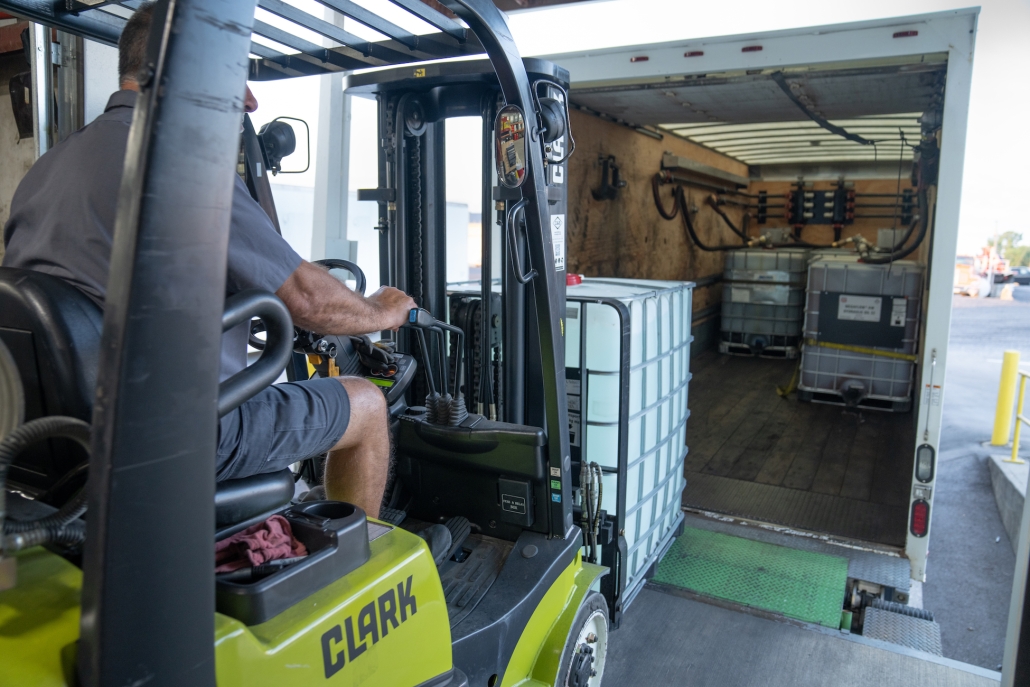What Happens if My Truck Runs Out of DEF?
For our diesel customers throughout North Carolina, Tennessee, Virginia and West Virginia, using Diesel Exhaust Fluid (DEF) is one of the easiest ways to reduce harmful emissions in the air and protect the environment.
But what if your truck runs out of DEF? Beyond the compliance issues that you face from a lack of this environmentally friendly fluid, you’ll also encounter functionality issues with your trucks.
Your DEF Is On Empty. Now What?
Before we discuss the implications of driving without DEF, we want to emphasize that this should never happen to you. Almost every truck now has a built-in Diesel Exhaust Fluid level gauge on the dashboard that will tell you just how much fluid is left in your tank. Even if no gauge is installed, a warning light will still alert you when the tank is running low.
The first thing that happens when you’re out of Diesel Exhaust Fluid is that your truck’s electronic control system will kick in and reduce your speed to around 50 MPH. As you drive further without it, your top speed will continue to drop until it’s down to just a few miles per hour.
Staying on top of your DEF levels isn’t just good maintenance; it keeps your trucks on the road and your business compliant.
How Long Can I Drive on a Tank of Diesel Exhaust Fluid?
While you don’t have to fill your Diesel Exhaust Fluid tank as often as your diesel gas tank, you do need to keep your eye on your levels. According to Cummins, you only use 1 to 3% as much DEF as diesel fuel.
For a truck that gets roughly 20 MPG, you can travel about 1,000 miles per gallon of DEF used. Since average DEF tanks hold five gallons, this means that on paper, you can go 5,000 miles on a tank of DEF.
In the real world, however, since it’s difficult for trucks to maintain an average of 20 MPG for 5,000 miles straight, a full tank of Diesel Exhaust Fluid can last 3,500 miles with no cargo or 1,000 to 2,000 miles of towing.






